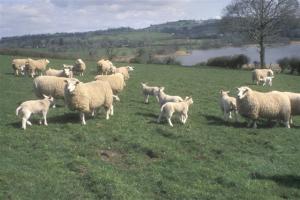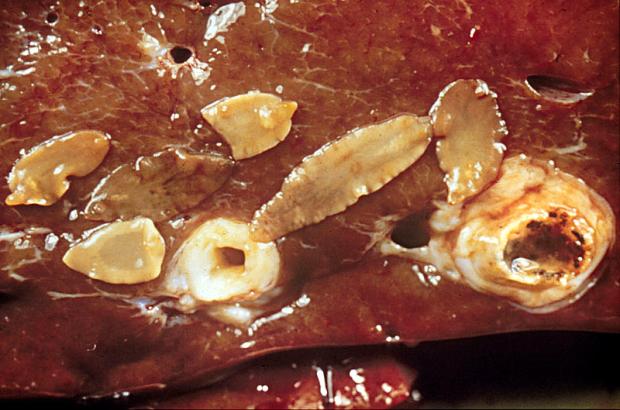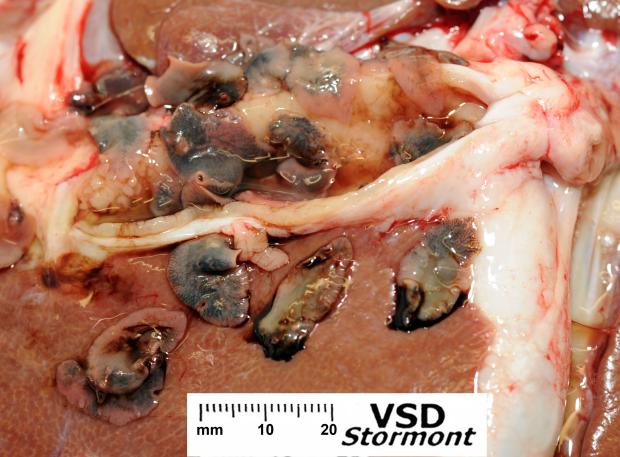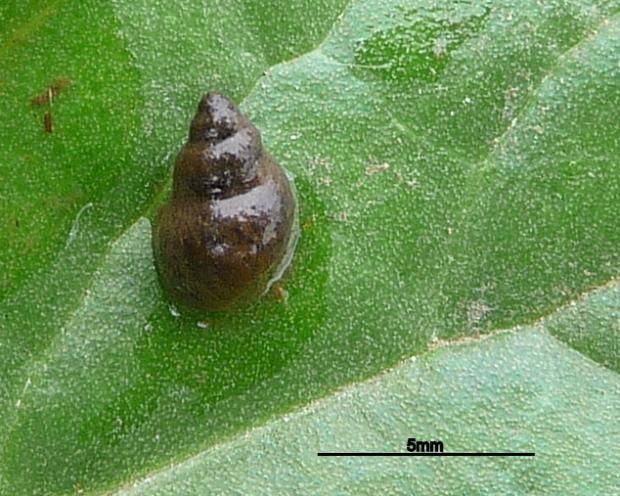Moderate to high risk of liver fluke infection in sheep and cattle this autumn and winter, 2022/2023
Date published:
The Agri-Food and Biosciences Institute (AFBI) wishes to bring to the attention of farmers the need to consider a medium to high risk of liver fluke infection in sheep and cattle this autumn and winter in Northern Ireland (NI).

Using a forecasting system based on climate data, staff at the Institute have predicted that the risk of liver fluke infection during this autumn and winter will be moderate to high in the Central, South and East of the province and that high prevalence of disease is likely in the West.
This prediction is similar to last year’s (2021) and is supported by the analysis of climate data for the years 2021 and 2022. We observed similarities in rainfall and in temperature for both years as follows:
This year, the total NI rainfall was 209.6 mm in spring and 174.9 mm in summer. Last year, these figures were 209.2 mm and 192.9 respectively.
This year’s mean temperature for spring was 8.86˚C and that for summer was 14.86˚C. Last year, these figures were 7.50 ˚C and 15.01˚C respectively.
The average precipitation from May to September 2022 was 82.32 mm, which is 4.5% higher than the NI rainfall average. On the other hand, the average temperature was 13.7˚C, which is 7.0% higher than the NI average for the same period.
A mean temperature of 10˚C or higher is necessary both for the intermediate host to breed and for the fluke larvae to develop within the snails. A temperature of 10˚C is also the minimum at which fluke eggs will develop and hatch.
Since the mean temperature for the period May to September was 13.7˚C, in those areas which are poorly drained and remain wet all year round, multiplication of snails will have continued unabated, and the likelihood of liver fluke infection in the autumn and winter will be particularly high.

Signs of severe infection include distended painful abdomen, anaemia and sudden death. In less severe cases, poor production and growth, coupled with reduced appetite and abdominal pain are apparent. Chronic liver fluke disease is more common than the acute form and occurs in both sheep and cattle, usually during the winter and spring, although infection can persist throughout the year. Affected animals may exhibit ‘bottle jaw’ (swelling under the jaw).

Fluke infections in dairy cattle can also predispose to metabolic conditions such as ketosis and infectious diseases such as salmonellosis. The same is likely to be true for sheep. Migrating liver fluke can also predispose animals to the clostridial infection known as Black Disease, and care should be taken to ensure that cattle and sheep in fluke-affected areas are fully vaccinated against this disease.
All farmers should review their fluke control measures at this time of year. Access to snail habitats (wet and poorly drained areas) should be reduced or sheep taken off the land and housed or moved to new clean pasture. However, in most cases, control will be based on the strategic use of anthelmintics, employing a product effective against the life cycle stages likely to be present in the flock or herd at the time of treatment. This is particularly important in autumn when acute fluke infection occurs in sheep and pick-up of infection by sheep and cattle is still taking place. At this time of year a product effective against both immature and mature forms is needed. Use of such a product on out-wintered sheep once or twice in autumn, with possible follow up in January, coupled with a treatment effective against adult flukes in early spring, should significantly reduce the fluke burden on individual farms.

Farmers need to be aware that resistance to fluke treatments is an emerging problem and occurs across Northern Ireland. On some premises, products containing triclabendazole (the only flukicide currently licensed in UK and Ireland that is effective against the immature stages of liver fluke, causing acute fasciolosis in sheep) have been used almost exclusively for a number of years. On such farms it is likely that triclabendazole-containing products may now be less effective in controlling fluke infection, and for treating acutely-ill animals. The effectiveness of anthelmintic treatment on individual farms can be checked by taking dung samples three to four weeks after treatment and submitting them, through your veterinary surgeon, for laboratory examination.
In recent years, stomach (rumen) flukes have also become common in sheep and cattle in NI, and this is particularly the case in fluke-prone areas. Adult rumen flukes are less damaging to sheep and cattle than liver flukes, but heavy infections of immature rumen flukes may cause diarrhoea, ill-thrift and, exceptionally, death in young animals. If you suspect that stomach fluke infection may be a problem on your farm, you should contact your veterinary surgeon to arrange for appropriate laboratory testing, and to discuss treatment options.
Advice on the most suitable anthelmintic and other control measures can be obtained from your veterinary surgeon. The AFBI veterinary laboratories at Stormont and Omagh can assist your veterinary surgeon by testing dung and blood samples from livestock for evidence of fluke infection and associated liver damage. Further information on liver fluke disease in cattle and sheep may be found on the AFBI website www.afbini.gov.uk
Notes to editors:
AFBI is an arms-length body of DAERA delivering research and development, diagnostic and analytical testing, emergency response capability and expert scientific advice for DAERA and other government departments, public bodies and commercial companies in Northern Ireland, and further afield.AFBI’s Vision is “Advancing the Local and Global Agri-Food Sectors Through Scientific Excellence”.AFBI’s core areas:Leading improvements in the agri-food industry;Protecting animal, plant and human health;Enhancing the natural and marine environment.